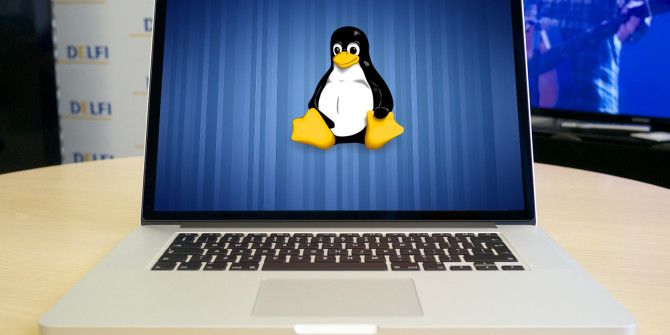How To Install Linux On Mac
Installing Windows on your Mac is easy with Boot Camp, but Boot Camp won’t help you install Linux. Insert the live Linux media, restart your Mac, press and hold the Option key, and select the Linux media on the Startup Manager screen. We installed Ubuntu 14.04 LTS to test this process. READ Quick Answer: How To Make Bootable Kali Linux Usb? The easiest way to install and run macOS Catalina on your Linux machine A quick tutorial on how set up a simple macOS VM in QEMU, accelerated by KVM. Jump over the break to learn more.
I got my hands on a Mac Pro at work over the holiday, and the first thing I did was install Ubuntu Linux on it. Everything went smoothly using the new 7.10 version of Ubuntu, so I wanted to post how I did it:
[Note: I’m assuming below that you’re running OS 10.5 and have already run Software Update to make sure your Mac software is current]
1. Download the Ubuntu 7.10 64-bit install disk from here.
How To Install Linux On Macbook Pro
2. Burn the Ubuntu ISO to a CD.
3. Download and install rEFIt. (Do this in OS X). I had to use their manual install. Don’t worry, it’s not hard; you just have to copy a folder from one location to another, then enter two lines into a Terminal window.
4. Run BootCamp (It’s in your Applications -> Utilities directory). Use it to partition your Mac Pro’s hard drive to make room for Linux. You can set the partition sizes to whatever you want; I left 100 GB for my Mac OS and 140 GB for Ubuntu. When the partitioning is done, quit BootCamp. Don’t let it to do anything else.
5. Insert the Ubuntu CD you made into your Superdrive and reboot. rEFIt should pop up and let you choose to boot from the CD. Do that.
6. Choose the first option from the Ubuntu CD menu. When Ubuntu boots, play around with it for a while to make sure it sees your hardware properly. I have an ATI X1900 video card that Ubuntu found and worked with perfectly; I can’t vouch for Nvidia cards, so make sure you can set your screen resolution okay.
7. When you’re satisfied that Ubuntu can “see” your hardware okay, double-click the “Install Ubuntu” icon on the desktop.
8. Okay, now comes the one scary part. Follow the install wizard’s instructions until you get to the partitioner. Choose Manual. When you see a list of partitions, find the one you made using BootCamp (you can tell from its size) and delete it. Now create a new partition of type ext3 using the rest of your available hard drive space. Set the mount point to “/”. You’ll get some warning about not having a swap partition. Ignore it, you’ll be fine.
How To Install Linux On Macbook
9. Click through the rest of the installer and let it chug away.
10. When it tells you to remove the CD and reboot, do what it says. rEFIt should come up again and see your Linux install. Select it, watch Ubuntu boot, and enjoy your new Linux system!

That seems like a lot of work, but really it’s mostly just clicking a few default options and watching the installers run.
If you run into problems, or just want more information, check out this blog on running Linux on the Mac Pro, or the thorough Gentoo Linux Wiki page, or this helpful post on the Apple Forums.